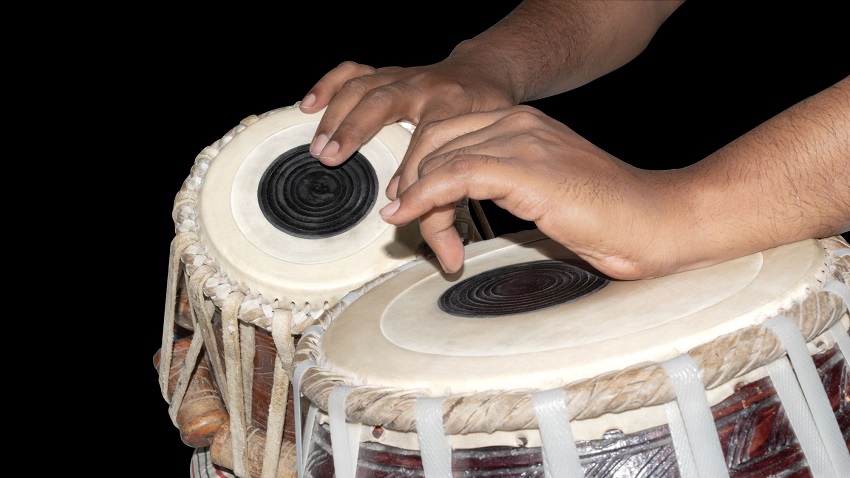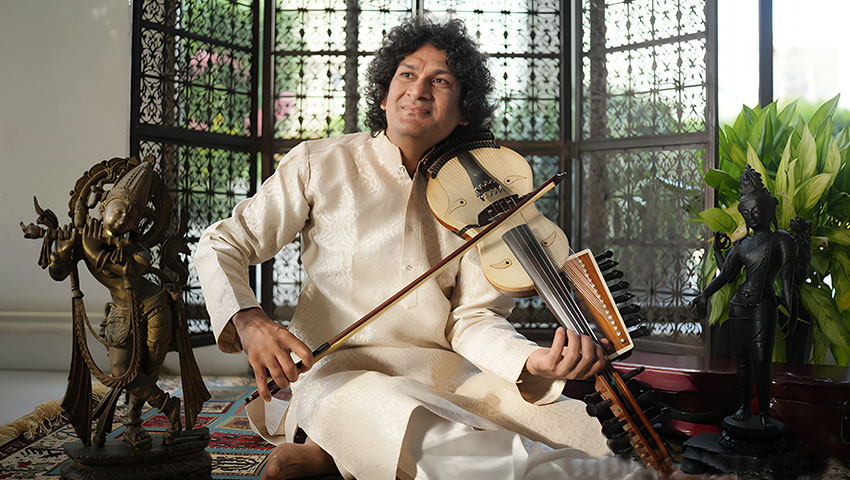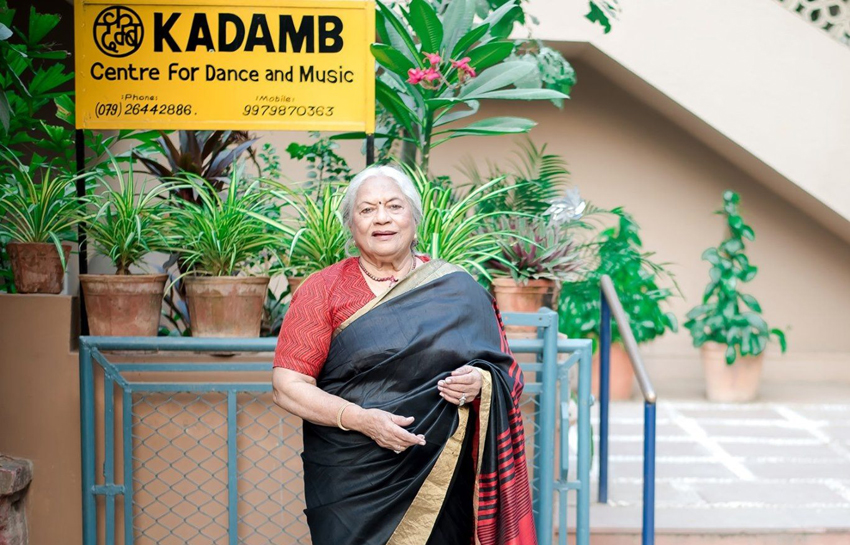The tabla, an iconic percussion instrument in Indian classical music, has captivated audiences for centuries with its unique sound and rhythmic patterns. Aspiring musicians and enthusiasts can embark on an extraordinary journey of rhythm and expression with this beginner’s guide to the tabla. Delve into its fascinating history, construction, and significance in Indian music to discover the profound beauty of this traditional instrument.
Historical Roots and Evolution:
With its origins dating back to ancient times, the tabla has deep roots in North Indian and Pakistani regions. It evolved from the pakhawaj, a larger drum used in devotional music by dhrupad musicians. Over time, the tabla transformed into a two-part instrument, featuring the larger bayan and the smaller dayan drums. The bayan, crafted from metal or clay, produces deep bass sounds, while the dayan, made of wood, resonates with melodious treble notes.
Construction and Design:
The craftsmanship behind tabla making is a true art form. The dayan consists of a cylindrical wooden shell covered with a membrane, traditionally made of goat skin. The bayan, on the other hand, boasts a metal or clay shell covered with a buffalo skin membrane. Finely tuning the tabla to specific pitches enables a wide range of musical expressions. A black circular spot, known as the ‘syahi,’ is applied on the surface of the dayan to enhance its sound quality.
Playing Technique:
Mastering the tabla requires a delicate balance of technique and musicality. The player uses the fingers and palms of both hands to strike the drumhead, creating a plethora of sounds called ‘bols.’ The dayan, tuned to a specific pitch, handles the melodic phrases, while the bayan, played with the non-dominant hand, establishes the rhythmic patterns. Complex finger movements, known as ‘tala,’ lie at the core of tabla playing, demanding dedicated practice for proficiency.
Significance in Indian Classical Music:
In the realm of Indian classical music, the tabla plays a crucial role as an accompaniment to vocalists and instrumentalists. The tabla artist, also known as a ‘tabla player’ or ‘tabla nawaz,’ provides intricate rhythms and enriches the overall musical experience. Its adaptability to various time signatures and complex rhythmic patterns makes it ideal for improvisation and solo performances, adding depth and charm to any musical composition.
The tabla’s enchanting rhythms and soulful melodies have established it as a prominent percussion instrument in Indian classical music. Embrace the opportunity to learn and explore this fascinating instrument, guided by the knowledge and tradition passed down through generations of tabla maestros. With the profound beauty of Indian classical music waiting to be discovered, aspiring tabla students can embark on a musical journey like no other, captivated by the magic of the tabla’s timeless artistry.
Feature image credits – bijoor.me










